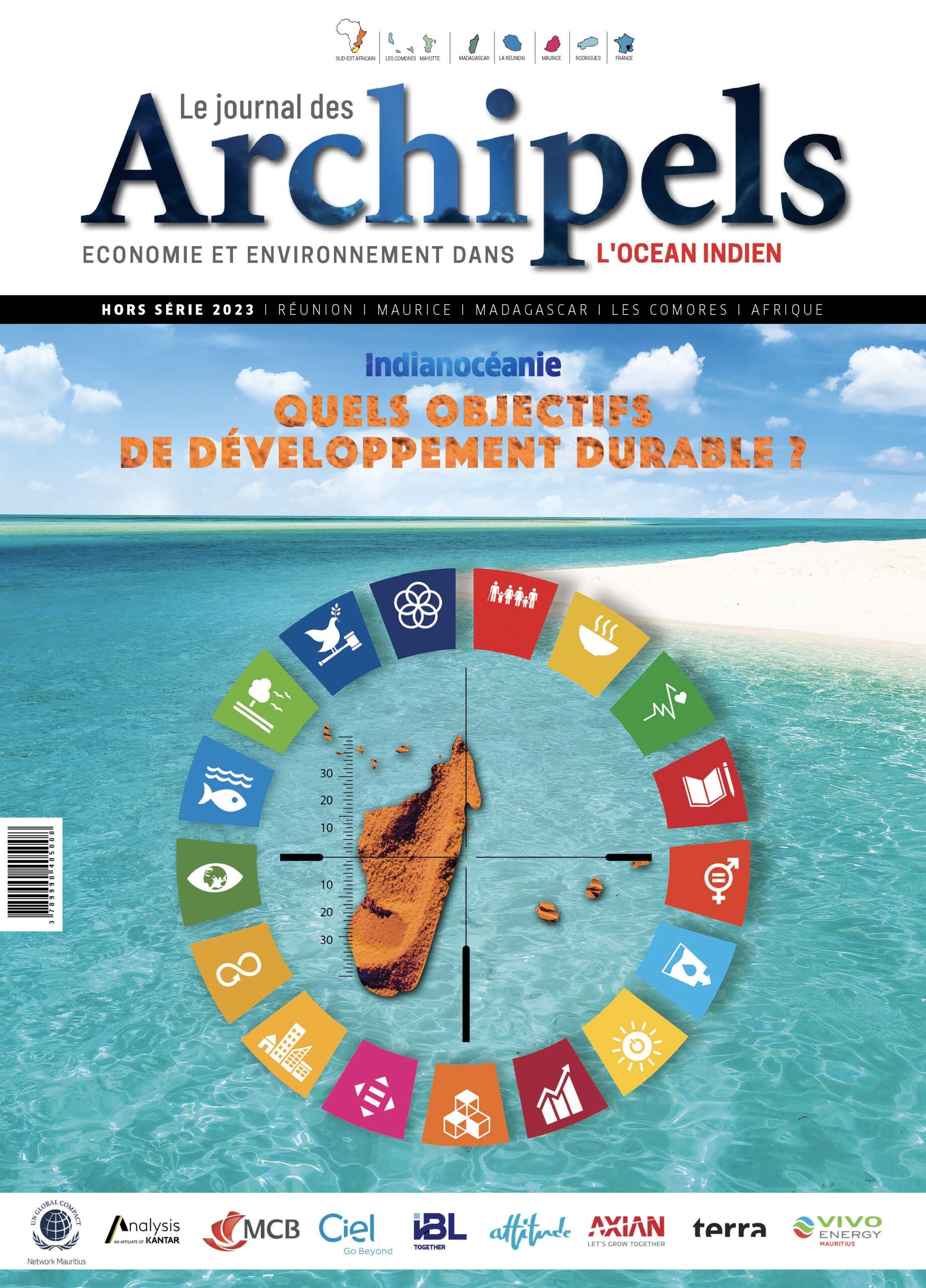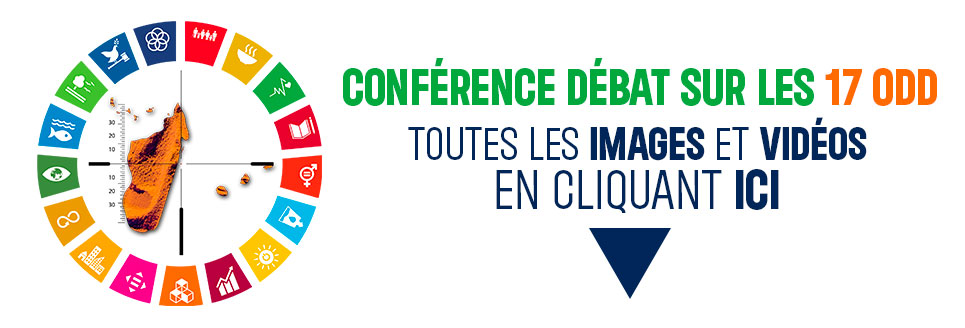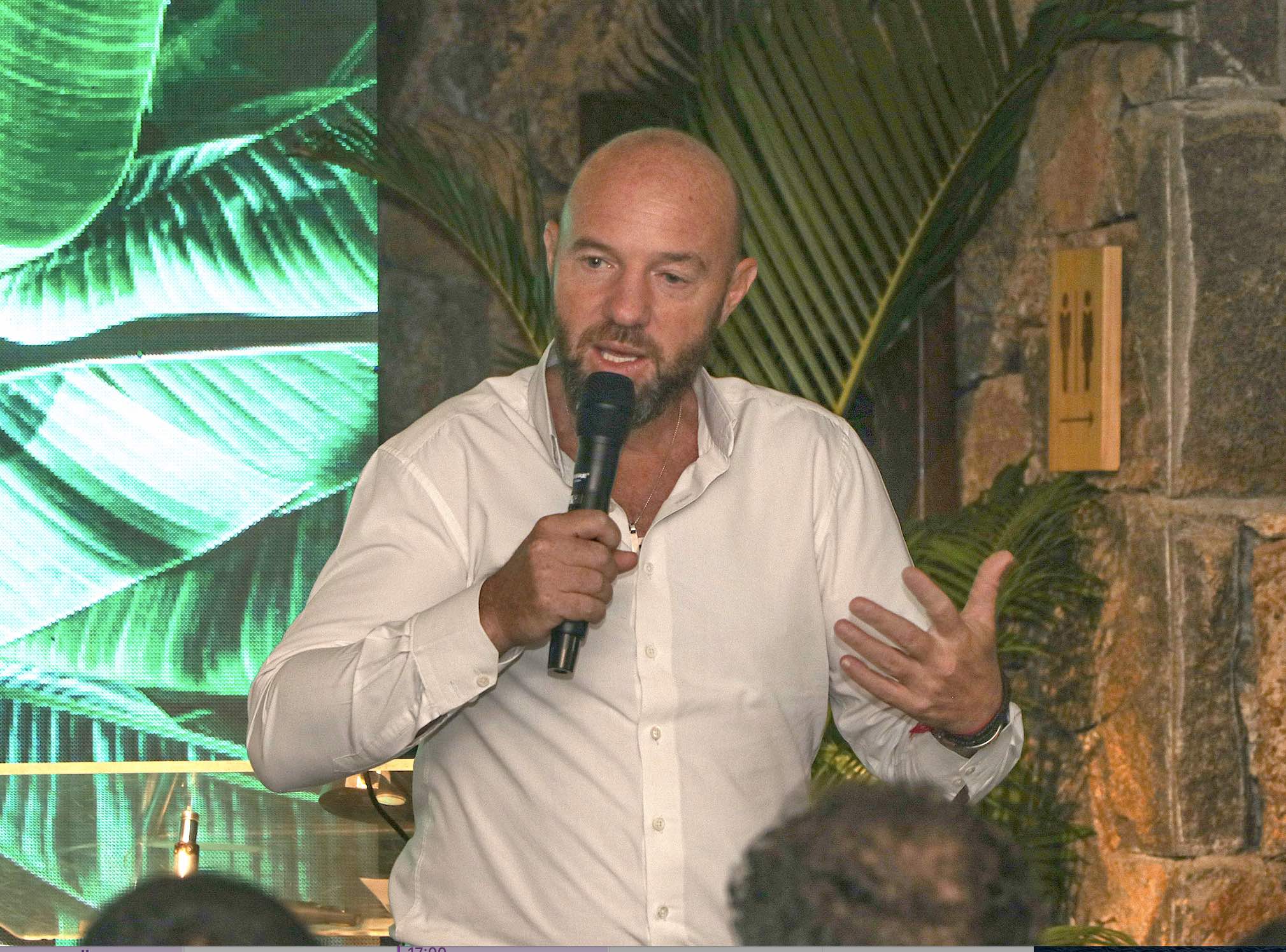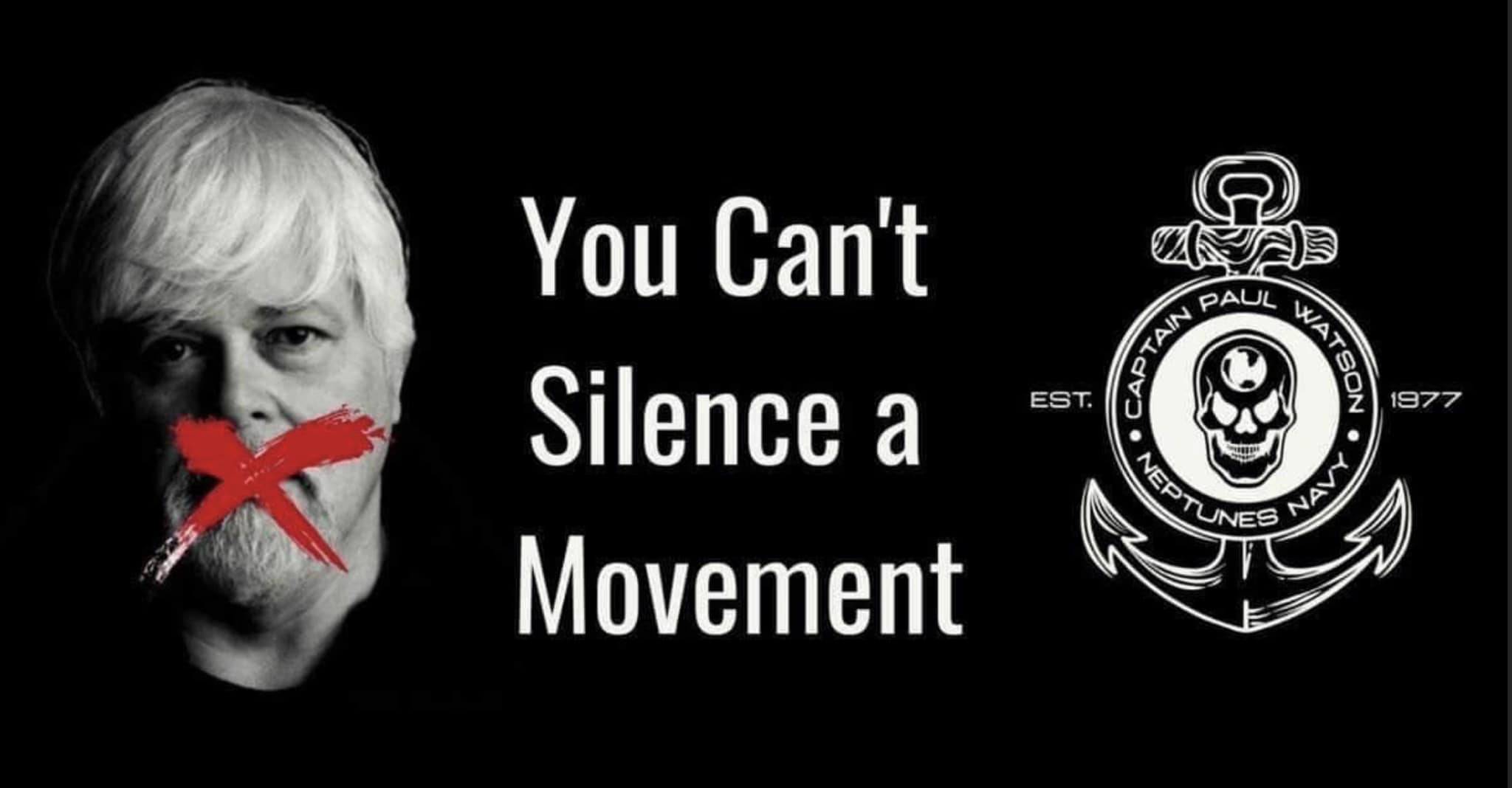Ecological criticism of the global economy and its historical mainstay, maritime transport, is coming from all sides. Yet this mode of transport – thanks to the Archimedean principle, also called “thrust” – is the most economical and ecological.
Indeed, the energy required on water to move goods is by far the lowest, whether compared to road or rail transport, and the palm of energy expenditure goes of course to air transport, but in case of emergency as for example for medicines, how else? As an example, a cargo plane will carry an average of 50 tons of goods – the equivalent of two 20-foot equivalent sea containers (6 meters long with 33 cubic meters of capacity), whereas today’s new giant container ships carry 20,000 20-foot equivalent containers (TEU).
Of course, as explained in previous articles, the risks are no longer the same and new anticipation measures must be taken, particularly with regard to possible pollution and other damage to nature.
The possible “scope” of interventions is vast: from the implementation of marine engines with clean combustion (LPG, electric, biomass, etc.), to the control of ship recycling sites, to the connection of electrical energy for ships at berth in order to stop the harmful effects of engine fumes during calls and to obtain the qualification of “green ports”… and many other technologies that are being tested.
This evolution of ecological prevention allows great industrial business opportunities.
Two opportunities caught our attention…
Read more on our edition 3 of the magazine currently distributed in Mauritius, Reunion, Madagascar, Mayotte and Grande Comore.































